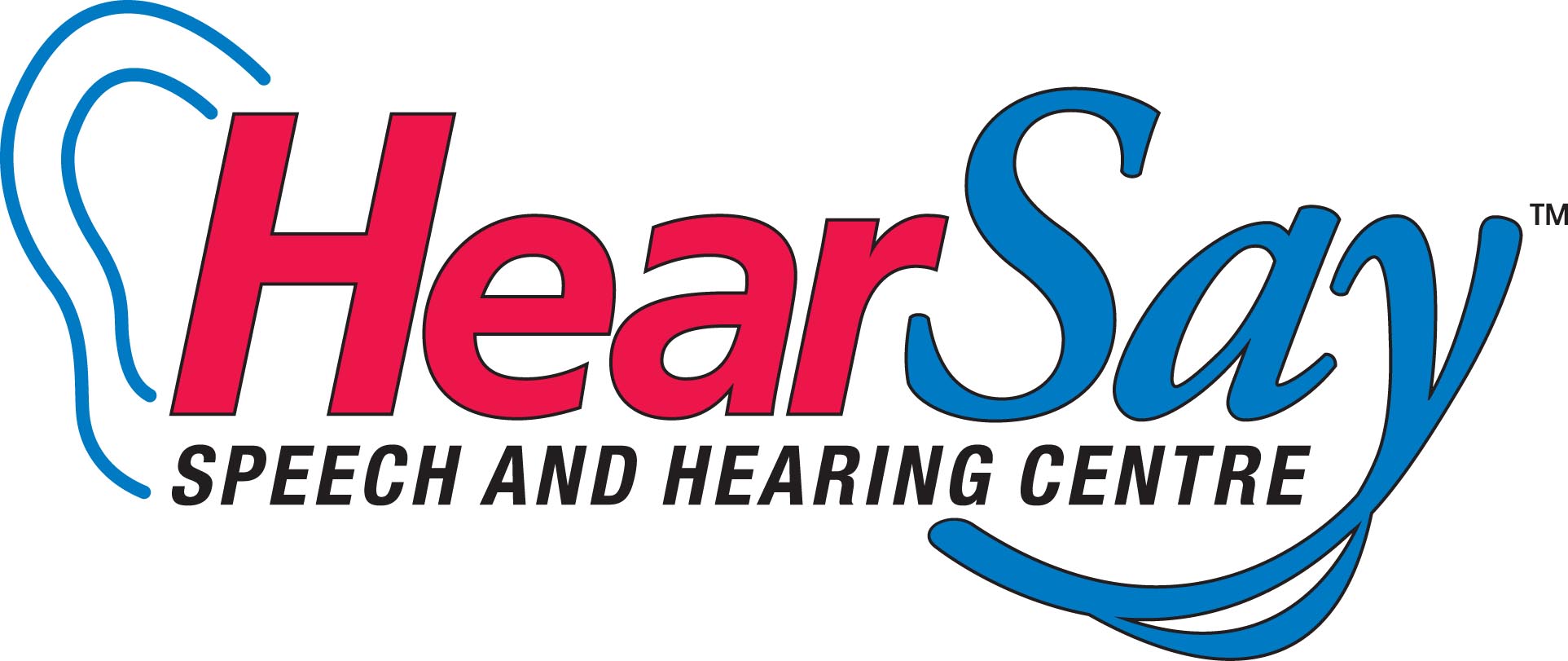
Advancements In Hearing Aid Technology
Many people have a negative bias against hearing aids because they imagine them as bulky, uncomfortable, or difficult to use. However, hearing aid technology has vastly improved in recent years. Hearing aid technology changes and evolves as quickly as the latest cell phone software. There are constant advancements being made to ensure that every client has the option to improve their hearing and overall quality of life.
At HearSay, we take pride in treating each client individually and finding the best hearing device for your unique needs. We understand our clients have different lifestyles and can provide a variety of options to improve your hearing. Our Audiologists have over 24 years of experience doing diagnostic evaluations, prescriptions, programming, and fittings of hearing aids. We take the time to counsel every client and their family, so we can answer their questions and concerns regarding your hearing health.
Types Of Hearing Aids

BEHIND THE EAR STYLES
Receiver in the Canal
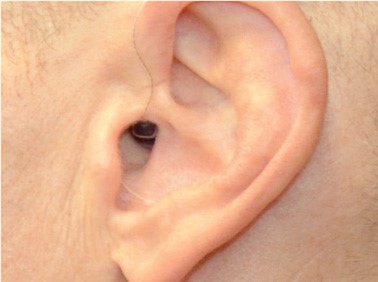
Fitted behind the outer ear, these have a thin wire with a speaker that is incorporated into the ear tip, rather than in the main body of the hearing aid. Suitable for mild to severe hearing loss.
Mini Behind the Ear
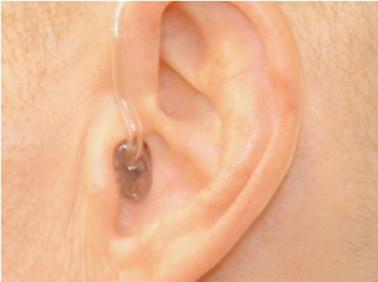
Similar to the receiver in canal style -have a thin tubing that directs sound into the ear canal. More natural feeling, as airflow and sound comfortably enter the ear. Best for mild to moderate high-frequency hearing loss.
Behind the Ear w Earmold
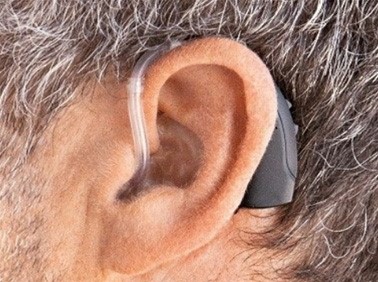
Longer shape follows the contours of the outer ear. Can host a variety of additional features (volume control, program button). Recommended for mild to profound hearing loss.
IN THE EAR STYLES
Invisible in the Canal
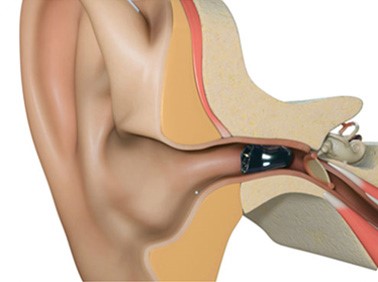
Designed to assist mild to moderate hearing loss. The smallest and least visible style of hearing aid available, making it the most cosmetically-appealing choice.
Completely in the Canal
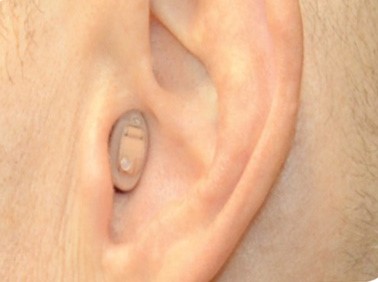
Fits deeply within the ear canal. Designed for mild to moderate hearing loss.
In the Canal
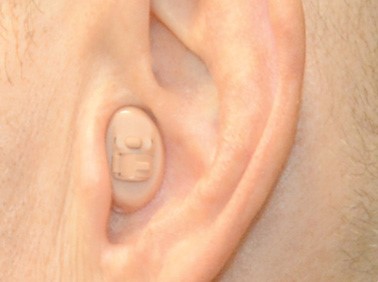
Sits in the lower portion of the outer ear. Suitable for mild to moderate hearing loss. Comfortable, easy-to-use, and have a long battery life.
In the Ear
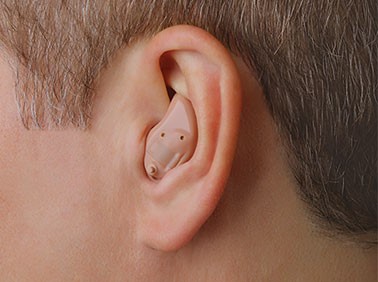
Sits in the centre of the outer ear. Larger in size, but has more controls & features. Recommended for mild to severe hearing loss.
Which Style Is Right For Me?

Your Audiologist will help you determine the best hearing aid for your needs by considering the following:
- Severity of your hearing loss
- Manual and visual abilities
- Budget
- Cosmetic preferences
- Skin sensitivity
- Physical or medical considerations
Our Hearing Aid Brands:
We offer hearing aids from all major hearing aid brands, including:
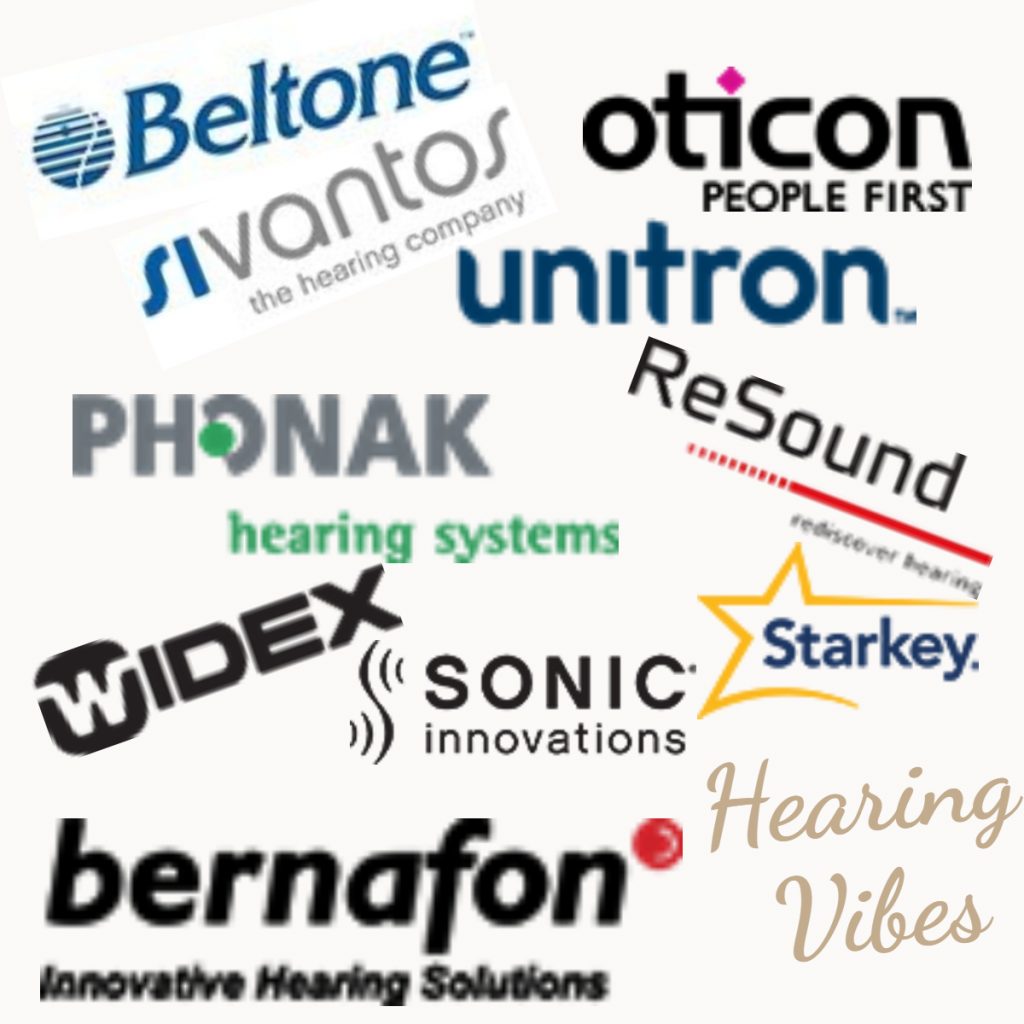
Discover How Hearing Aids Can Breakdown Barriers And Enhance Your Wellbeing
Contact us to schedule an audiological assessment and consultation. Our specialized and highly-qualified team will determine if a hearing aid is right for you. There’s no need for a referral and there are no wait times – we’ll fit you in as soon as possible.
Hearing aids vary in price from a thousand to several thousand dollars depending on your requirements and the model. Extended health care benefit plans can cover some or all of the cost. Feel free to ask us for more information or talk to your benefit provider. For more information about government’s Assisted Device Program, which offers grants to help cover the cost of hearing aids, visit our Affordability page.
HearSay offers a 60 day trial period for all our hearing devices. Our Audiologist will work with you to customize and program your hearing aid to fit your needs, based on your lifestyle, daily activity, and social interactions. We’re here to help.
When shopping around for hearing aids, it is imporant to ensure you are comparing the same 2 products. Not all hearing aids are alike. They may look alike and seem identical, but the digital technology housed inside the hearing aids is what drives cost. What looks like a huge savings, could just be that you are being quoted on a lower performance hearing instrument.
Things that are listed as ‘free’ may also be built in as hidden or additional costs, or billed separately as ‘extras’ which could end up costing more in the end. These are often used as marketing strategies to entice clientele to visit their clinic so that hearing aids can be sold at inflated prices to cover the cost of the “free” services or items that are being ‘advertised.’
When deciding on a clinic, remember that Audiologists are health professionals that are regulated by The College of Audiologists and Speech-Language Pathologists of Ontario (CASLPO) and the Ministry of Health. You also want to make sure that they are following best practices when it comes to hearing aid fitting and dispensing.
As an Ontario resident with a valid health card, you may be eligible for government funding (up to $500 per ear) towards the cost of hearing aids every 3- 5 years or sooner under special circumstances.
